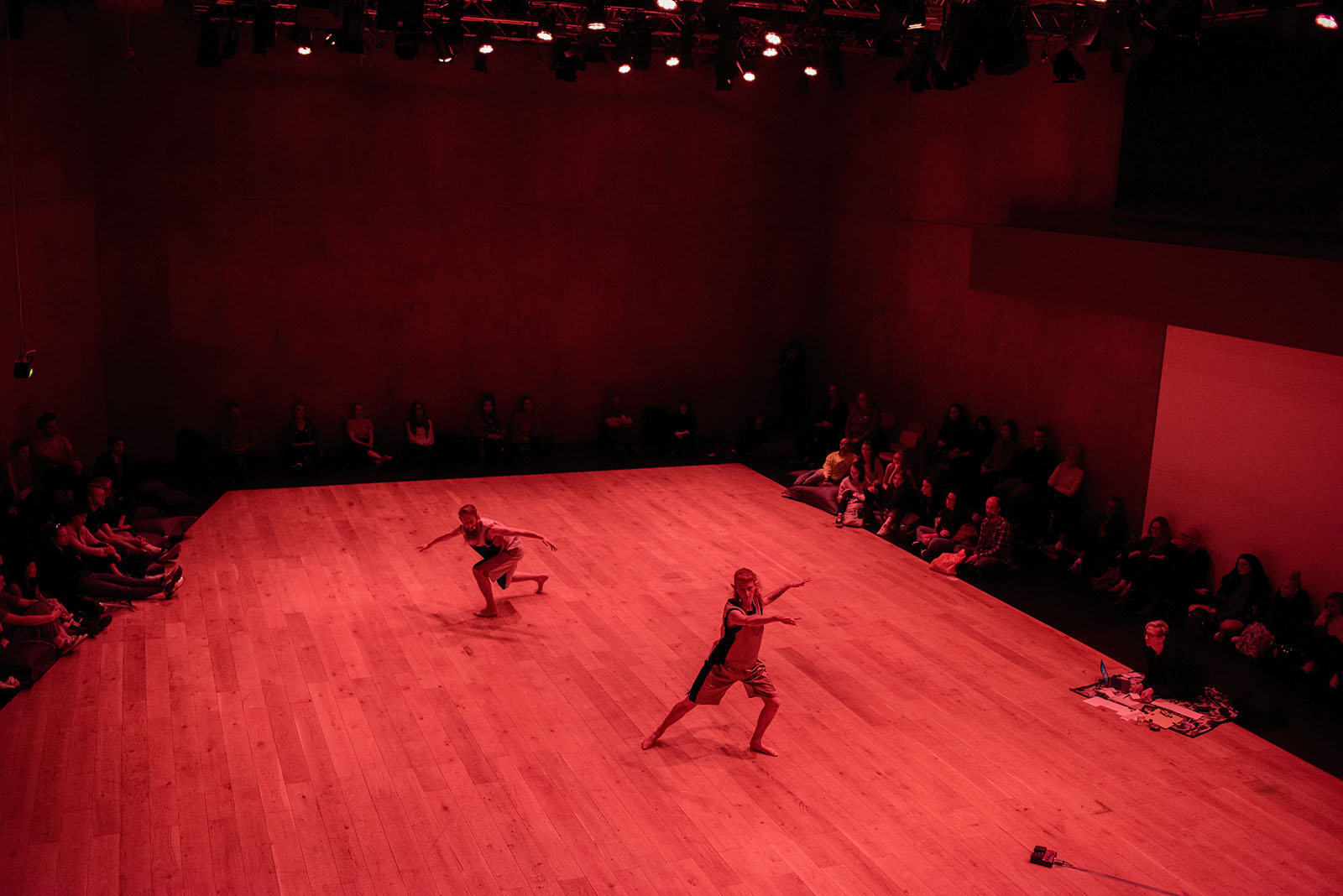About the title No-How Generator

The term no-how has become the primary way that I name the particular kind of knowing that I consider this artistic research to be generative of, and thus forms the title, No-How Generator, of both the choreographic and written elements of this research. I first encountered the term no-how in the writings of Sarat Maharaj on the character of knowledge within the context of art (2009), writings that themselves adopt and adapt this term from Samuel Beckett (2009).
Studio Practice Notes on no-how (Sperling 2017-2021):
What if everywhere that I am, No-How Generation is?
No-how as a ‘being with’.
An opening of (immediate/ experiential) space of possibility
But without expectation,
Without conditions,
Just with attention and presence,
(Not a mode or a space of 'production', but being with, becoming and noticing)
(7/3/19)
No-how generation
is felt, is a feeling, is in a felt register
is modest
an alternative conception of knowing
that is about your embodied capacities
meeting your environment
(15/7/19)
No-How -
there is no ‘how’ of doing this
There is no one way of doing this that will guarantee knowing being generated by this one performance, but we’re doing it anyway
(22/11/19)
No-how is a paradoxical and oscillatory formulation: it clearly relates itself to embodied ways of knowing by being a homophone of know-how, and yet it also clearly sets itself apart from the certainty of technical accomplishment that know-how is suggestive of, by asserting from the outset that there can be no expectation of a predetermined and failsafe how or way of accomplishing the task in question. No-how, then, is a linguistic form that moves in more than one direction at once, and it is this oscillatory capacity that grounds its functioning as a characterisation of the relationship between artistic practice and knowledge-generation.
Using the language of no-how as a poetic and heuristic tool for informing how and where I direct my attention in practice has supported the ways that my ongoing experiences of practice have continued to learn from and about this terrain of choreographic no-how generation.
READ MORE in Section 5 of my written thesis, No-how: languaging a generative zone of knowing in practice